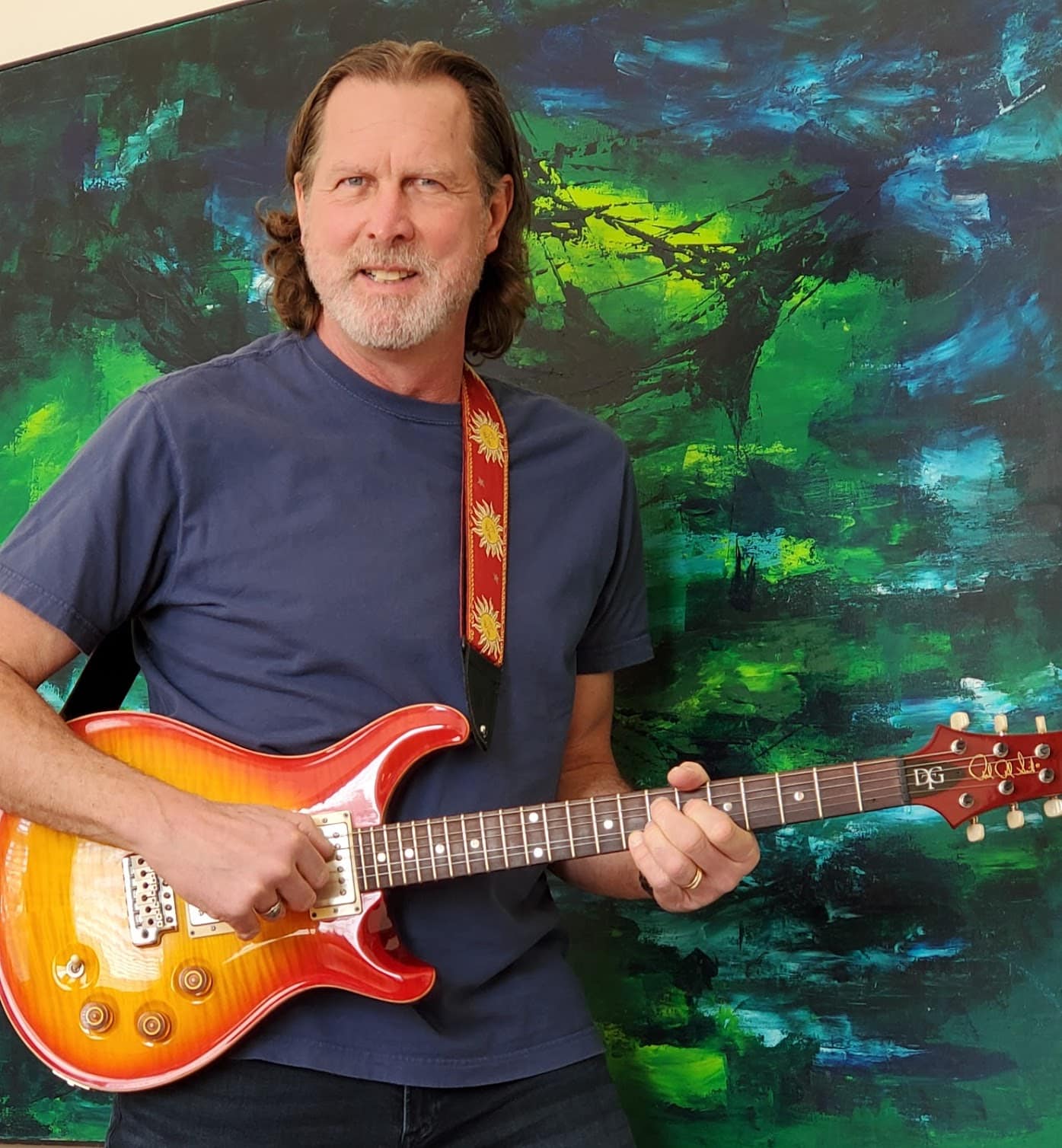
The masked/distanced group located an abandoned warehouse owned by one of the band members. The band’s leader communicated safety ground rules in advance and musicians arrived one-by-one and set up their equipment in designated sections of the open space. After the usual tune-up and warm-up period, the guitar player started a two-chord groove. The bass player recognized the key signature and filled in the low end as the drummer matched his rhythm. The keyboard player added a soulful melody and shot a glance to the singer who improvised some bluesy lyrics. The temperature of the warehouse warmed up with a blend of the heat produced by large amplifiers and the joy of collaboration.
The remote group found their connection to the band in a different way. Everyone in the group knew someone else in the geographically distanced gathering but no one knew everyone. Each musician had tapped someone in their network and, as a result, multiple networks had overlapped and formed the group. In separate moments and separate places, players from Chicago, Minneapolis and Nashville added their parts to a foundation track glued together by a 120-bpm metronome click. As long as everyone followed the structure of the song and stayed with the click, each instrument could be ‘frankensteined’ together by the sound engineer. The goal, once cobbled together, was to sound like everyone was in the same room at the same moment. In the end, the mission was accomplished and each musician felt the warmth of connection that arose from sharing more than from contact.
Both teams found a formula for success.
Teams take many forms. The impact of the necessary transition to remote collaboration has redefined workplaces and reimagined the way talents and competencies are blended. Creative teams have been partnering this way long before the pandemic changed the way we do our work. Whether your teammate is in physical proximity or connected through a computer, the challenge is always the evolution of the team. Establish a foundation. Build trust. Push growth. Adapt to change. Repeat.

